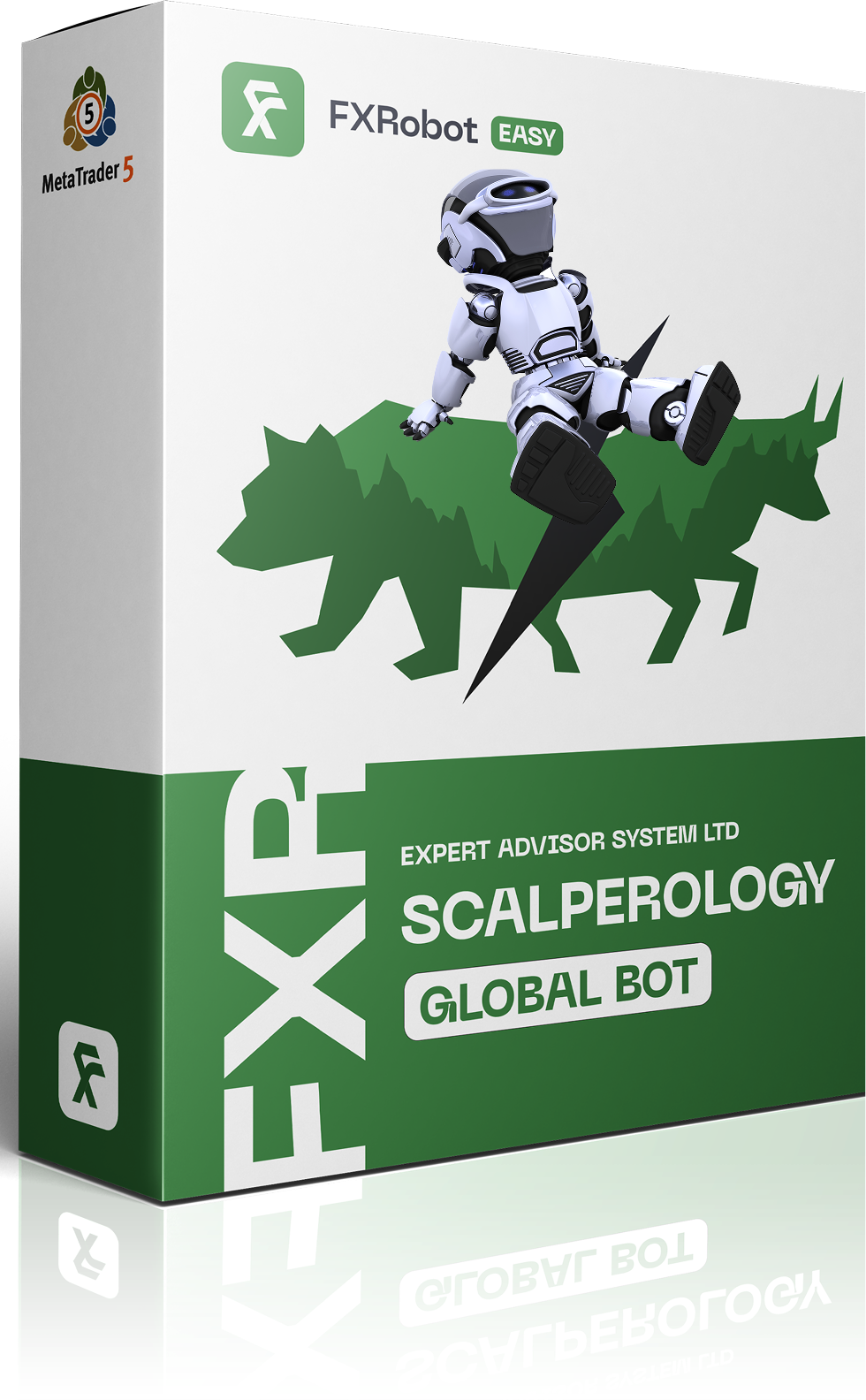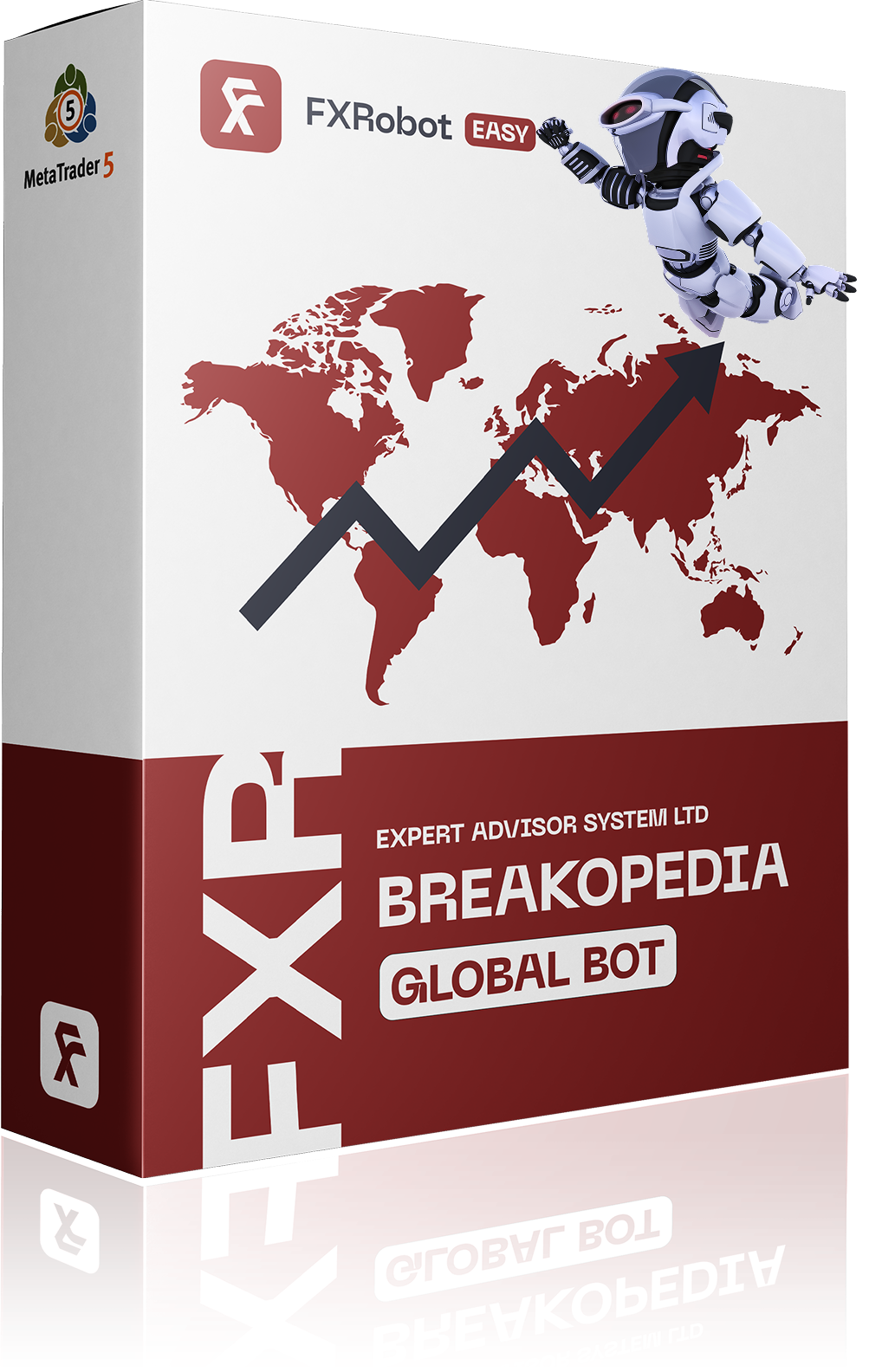At this time, purchasing EASY Bot items is not available to all members. Read more - how to get access to purchase
Trading Optimization
Find the Right Edition That Fits You



Scalperology Ai MT5



























 Test it Free🚀
Test it Free🚀
Global
Pairs:

 AUD/JPY
AUD/JPY
AUD/JPY
AUD/USD
EUR/AUD
EUR/GBP
EUR/JPY
EUR/NZD
EUR/USD
GBP/USD
NZD/USD
USD/CAD
USD/CHF
USD/JPY
30-Day Profit:
0%
7-Day Profit:
0%
Support:
24х7 via Telegram

Breakopedia Ai MT5

































 Try it Free🍀
Try it Free🍀
Global
Pairs:

 AUD/JPY
AUD/JPY
AUD/JPY
AUD/USD
EUR/AUD
EUR/GBP
EUR/JPY
EUR/NZD
EUR/USD
GBP/USD
NZD/USD
USD/CAD
USD/CHF
USD/JPY

XAU/USD

XAG/USD

XBT/USD
30-Day Profit:
0%
7-Day Profit:
0%
Support:
Developer
Understanding Trading Optimization
Trading optimization involves fine-tuning trading strategies to maximize profitability while minimizing risks. It's an essential component in developing effective automated trading systems, particularly Expert Advisors (EAs) that automate trades based on predefined rules. By optimizing input parameters, traders can enhance their performance across various market conditions.- Adjustment of Input Parameters: By altering the settings such as stop-loss, take-profit, and various indicators, traders can find the sweet spot for their strategy.
- Backtesting: This involves testing the strategy against historical data to evaluate how it would have performed in the past.
- Walk-Forward Optimization: This advanced technique tests the strategy over different time frames to ensure it retains performance consistency, adapting to market changes.
The Role of Expert Advisors (EAs)
Expert Advisors, such as those from the EASY Trading Series, are particularly effective in implementing optimized strategies in Forex trading. These include:- EASY Trendopedia: An EA designed to follow market trends, it can be optimized to anchor trades based on market conditions.
- EASY Scalperology: This EA specializes in quick trades, making it crucial to optimize for varying volatility.
- EASY Breakopedia: Optimized for breakouts, this EA requires precise parameter adjustment to identify the best entry points.
Monitoring Performance and Avoiding Overfitting
One of the biggest pitfalls in trading optimization is the risk of overfitting—a scenario where a model becomes too tailored to historical data, losing its predictive power. To combat this, a methodical approach is necessary:- Initial Optimization: Testing strategies on historical data to identify potentially robust parameters.
- Walk-Forward Testing: Validating those parameters on unseen data to gauge their effectiveness.
- Stress Testing: Applying arbitrary conditions to ensure robustness against market noise and unexpected events.
Using Statistical Measures
Successful optimization relies heavily on statistical analysis to forecast potential outcomes. Important statistical measures include:- Profit Factor: This measures the ratio of gross profits to gross losses.
- Recovery Factor: It indicates how effectively a trading system can recover from drawdowns.
- Sharpe Ratio: This compares the portfolio's excess return to its standard deviation, providing insight into risk-adjusted returns.
Continuous Optimization
Markets are dynamic, and the parameters that worked successfully in the past may not yield the same results in the future. Continuous optimization is crucial for maintaining effectiveness. Periodic reviews and updates of trading strategies based on recent market data ensure that an EA remains effective. For example:- Monthly Optimization: Adjust strategies every month based on recent performance and market conditions.
- Risk Management: Effective money management, including setting maximum loss limits and leveraging appropriate lot sizes, is fundamental in optimization processes.